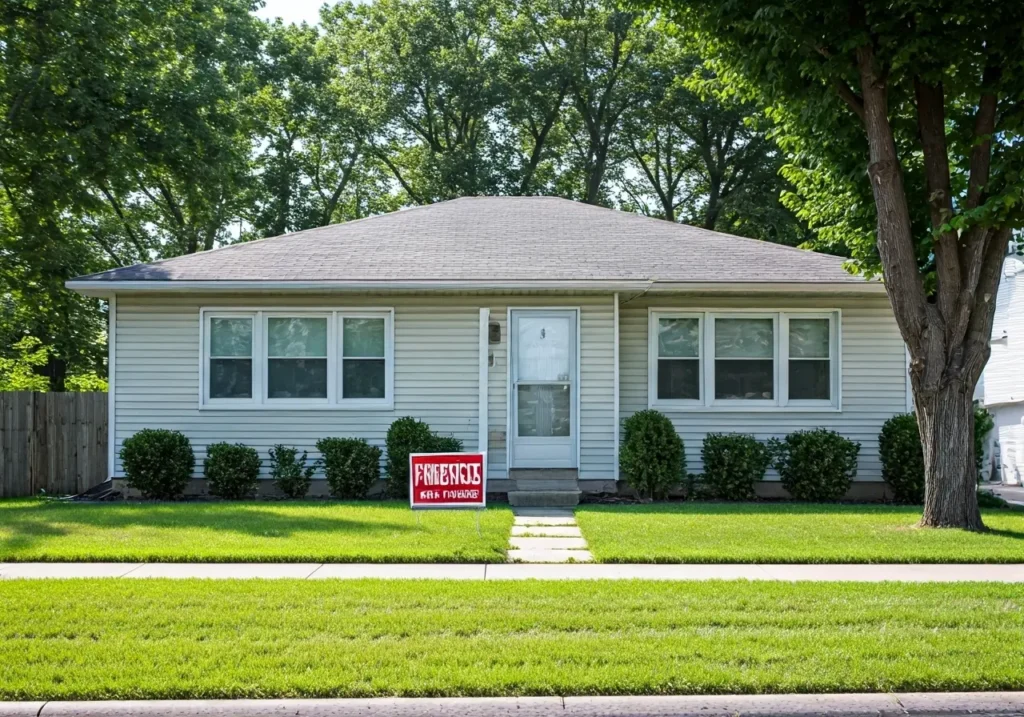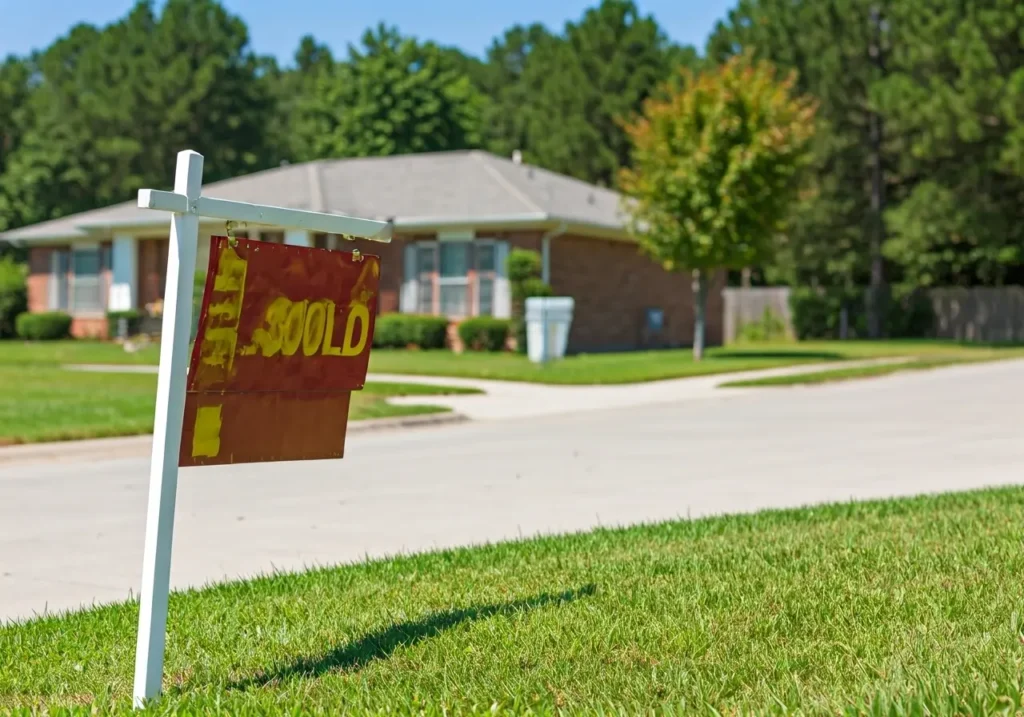Navigating the real estate market in Maryland can be challenging, especially with the complexities of mortgage rates. Whether you’re selling your first home or you’re a seasoned seller, understanding these rates is crucial for a successful sale. In this article, we’ll explore essential tips that will help demystify mortgage rates and empower you in the selling process.
1. Grasp the Basics of Mortgage Rates
Before diving into the specifics, it’s important to understand what mortgage rates are and how they can impact home sellers in Maryland. A mortgage rate is essentially the interest charged on a mortgage loan, determining the cost of borrowing. It affects buyers’ loan affordability and, consequently, the demand for your home.
Knowing the factors that influence mortgage rates is equally crucial. Key elements like the state of the economy, inflation, and the borrower’s credit score can all play significant roles. Real estate in Maryland may experience variations due to these dynamic factors, making it essential for sellers to stay informed.
2. Research Current Market Trends
Keeping an eye on current market trends will provide insight into mortgage rate fluctuations. Familiarize yourself with the current economic conditions, housing market trends, and how they might be influencing interest rates in Maryland.
Analyzing historical data can also offer valuable perspectives. Look into previous housing market trends to understand patterns and cycles that could affect future mortgage rates.
Social and political events can contribute to shifts in the housing market. For example, changes in governmental policies or unexpected economic challenges can alter financial landscapes, thereby influencing mortgage rate trends. Keeping abreast of these events will equip you with the foresight needed to make smarter selling decisions.
3. Understand the Impact on Home Values
Mortgage rates can directly affect the perceived value of your home. When rates are low, buyers are often able to afford higher-priced homes, which can increase the demand and value of your property. Conversely, high rates may reduce buyers’ purchasing power.
It’s also important to understand the housing supply relationship. If mortgage rates rise, the demand for housing might slow, potentially stabilizing or even reducing home prices in Maryland. Conversely, low rates can boost demand, increasing home values.
4. Consult a Real Estate Professional
Consulting with a real estate agent or financial advisor can provide valuable insights into mortgage rates and how they affect your selling strategy. Professionals can offer personalized advice based on your circumstances and the local market.
Experienced realtors understand local market nuances and can customize strategies that align with your selling goals. Their expertise becomes particularly valuable in complex situations where multiple influencing factors might be at play.
5. Consider Timing Your Sale
Strategically timing your home sale to coincide with favorable mortgage rates can be advantageous. By doing so, you may attract more buyers who are keen to take advantage of lower borrowing costs, thus potentially increasing the competition for your property.
Seasonal trends also play a role when considering timing. For example, Maryland’s real estate market might fluctuate with the seasons, potentially aligning with mortgage rate changes. Studying these temporal patterns can assist in picking the perfect time to list your property.
6. Maintain Flexibility in Negotiations
Being flexible and open to negotiation can play a pivotal role when selling in a varying mortgage rate environment. Understanding rates gives you negotiating power, allowing you to make informed decisions that can benefit both you and the buyer.
Strong negotiation skills are particularly beneficial. Offering incentives, such as paying for a home warranty or sharing in closing costs, can attract buyers who are deterred by high mortgage rates. This flexibility can set you apart in a competitive market.
Need a Faster Option?
Selling your house fast sounds great, but how does it actually work? The “We Buy Houses” process is designed to be simple and stress-free, a blessing for many homeowners. Here’s what to expect when you work with a trusted home-buying company.
Step 1: Reach Out for an Offer
Start by calling or filling out a quick form online. A team member will follow up to learn more about your home and situation. There’s no obligation, and you can ask any questions you need.
Step 2: Property Review
The buyer will evaluate your property with a quick walkthrough, in person or virtually, to check its condition. No cleaning or repairs needed. Experienced buyers are used to homes in all kinds of shape.
Step 3: Get a Cash Offer
After reviewing your home, you’ll get a no-pressure cash offer based on its condition, location, and current market value. A reputable buyer will explain how they arrived at the number so you’re never left guessing.
Step 4: Choose Your Closing Date
If you accept the offer, you choose when to close. Some homeowners want to wrap up in a week, while others need more time. A trustworthy buyer will work with your timeline.
Step 5: Close and Get Paid
On closing day, you sign the final paperwork and get paid. No agent fees, no commissions, no surprises.
That’s it. No listings, no showings, and no drawn-out waiting. The process is designed to make your life easier, especially if the traditional route doesn’t work for you. By understanding the ‘Buy My House’ process, you equip yourself with the knowledge needed to navigate this significant transaction confidently. With the right preparation and partnership, selling your home can be a seamless and rewarding experience. For a smooth transition, consider visiting our homepage for more information.




